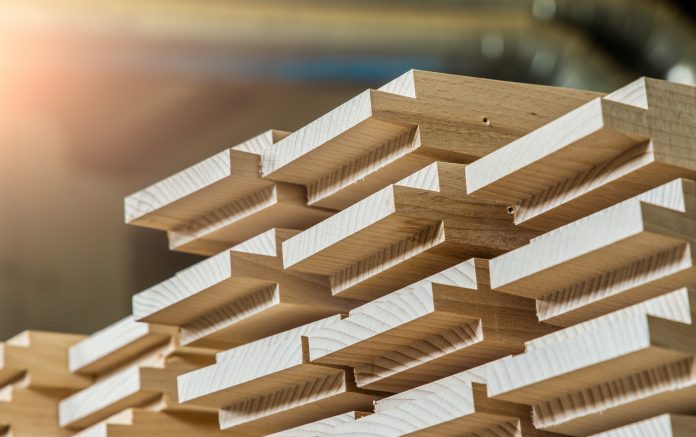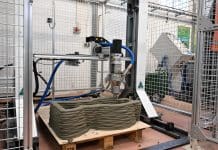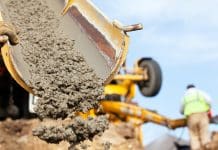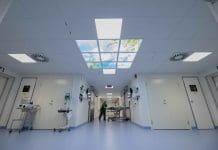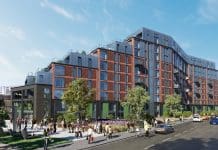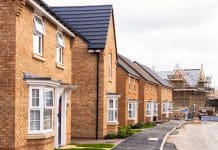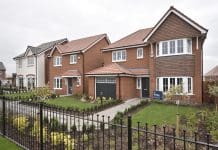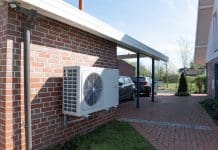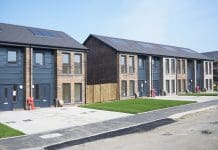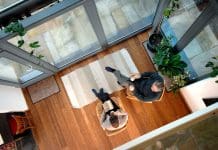The Whole Life Carbon Assessment of Homes report, published by the Advanced Industrialised Methods for the Construction of Homes, finds that using sustainable timber MMC methods for new builds can reduce the carbon impact of construction
Offsite modern construction methods are being used in the new AIMCH £6.5m collaborative R&D project, to build homes quickly and viably.
Participating partners are Stewart Milne Group, Barratt Developments PLC, L&Q, the Manufacturing Technology Centre (MTC), the Construction Scotland Innovation Centre (CSIC) and Forster Roofing Services Ltd.
‘Reducing the whole and embodied carbon contributions of new build homes’
Stewart Dalgarno, AIMCH project director of Innovation and Sustainability at Stewart Milne Group said: “The comprehensiveness of this report provides valuable insights into where developers, housebuilders and the supply chain can make a positive contribution to reducing the whole and embodied carbon contributions of new build homes.
“AIMCH commissioned the report to understand the differences in whole life carbon emissions over 60 years, to current building regulation standards, between open and closed panel timber MMC systems and aerated concrete blockwork used in masonry construction.
“All processes relevant to the construction cycle, in line with the RICS model have been considered — materials, manufacture, transport, usage through to the end-of life and disposal stages. The resulting comprehensive analysis provides invaluable data to inform house builders on the carbon intensity of the two construction methods.”
The report uses the RICS Standard for Whole Life Carbon Assessment to represent a ‘rigorous cradle-to-grave assessment’ of the carbon impact of both types of construction materials and their respective methodologies.
It was found that 82% of emissions are generated from the homes operational use over 60 years, which is the same for both methods.
14% of emissions are generated from the materials and construction process. A small proportion of emissions are generated at end of life.
The study was authored by green energy consultancy Verco, and examined four types of home, utilising either: masonry – aerated blockwork and offsite manufactured open and closed panel timber MMC, both with brick cladding.
Areas investigated included:
- Production stage – raw materials, manufacture, transport
- Construction stage – energy, transport, waste disposal during construction
- In use stage – use emissions, maintenance, repair, replacement, refurbishment, operational energy use
- End-of-life – demolition, transport, waste processing, disposal
As a whole, panelised timber MMC construction methods outperformed masonry construction on a whole-life carbon basis, when comparing the direct substitution of various wall elements – external, load-bearing, and party wall elements. Embodied emissions of these wall elements are as much as 82% less than that of the masonry construction.
In addition, timber MMC key properties contributing to reduced emissions include:
- Lower embodied emissions of materials
- Lower emissions from transport to site
- Less energy and time spent on site
- Benefits of carbon sequestration during the life of the building
Further research is being conducted assessing the impact of new building regulations coming into force on 22 June and the Future Homes Standard.


